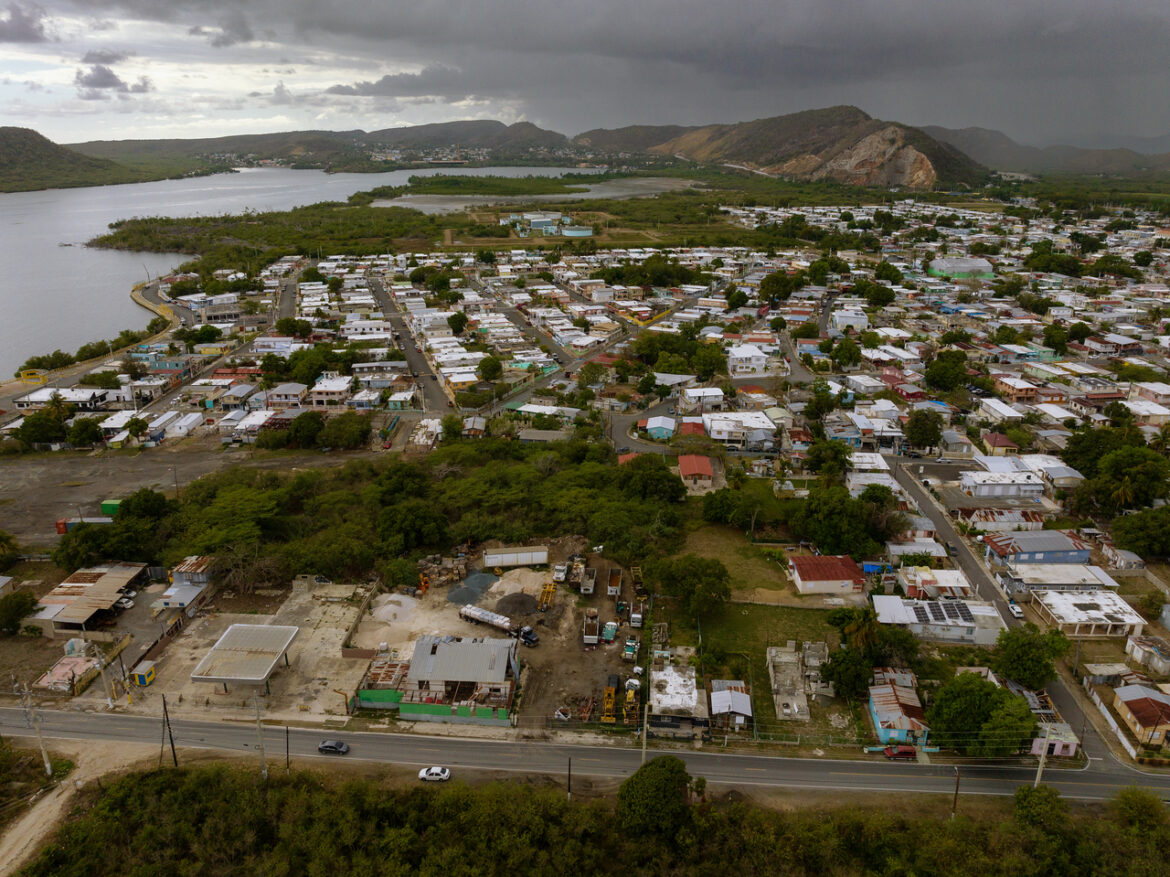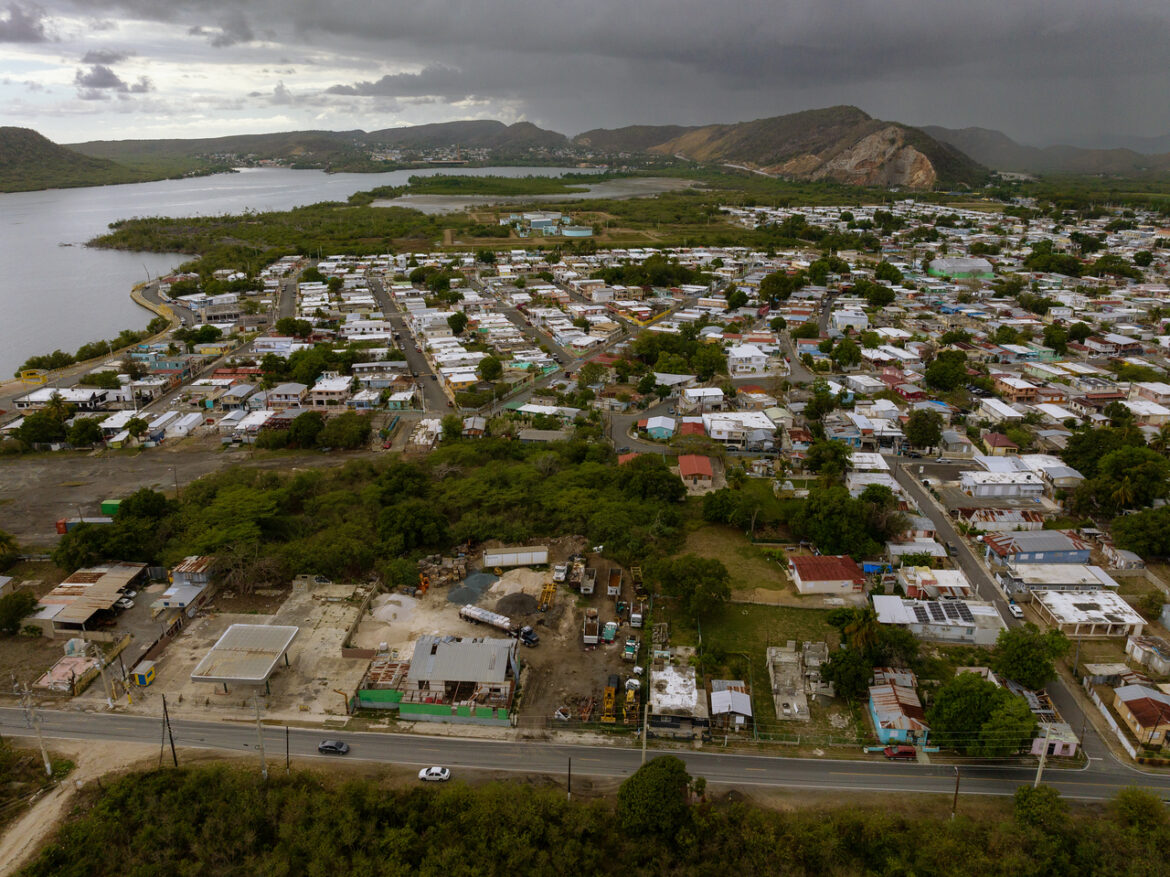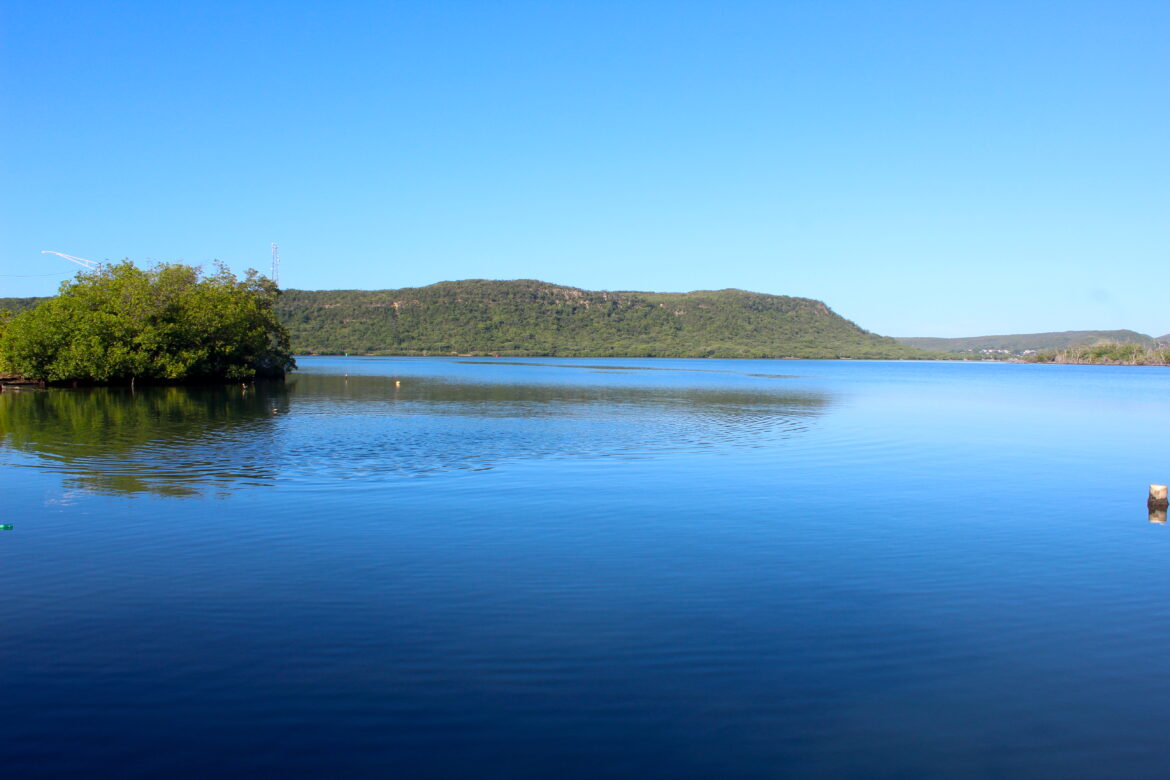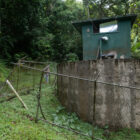
Since 2016, the Environmental Protection Agency (EPA) began to demand that seven companies that use ethylene oxide to sterilize medical equipment in Puerto Rico take measures to mitigate impacts on communities, such as the danger of cancer from long-term exposure. But it will not be until 2023 that there will be a regulation in place that requires a 99.99% reduction in emissions of this chemical, said Carmen Guerrero Pérez, director of the Caribbean Environmental Protection Division at EPA. Current regulations only require these companies to reduce EtO emissions by 99%, even though it has been known since 2016 that exposure to the chemical can cause cancer. Of the seven sterilization companies established in Puerto Rico, EPA identified four as the riskiest for the communities: Edwards Lifesciences Technology Sarl, in Añasco; Steri-Tech, in Salinas; Customed, in Fajardo; and Medtronic Puerto Rico, in Villalba. The remaining three are Medtronic, in Juncos; Guidant Puerto Rico (now Boston Scientific), in Dorado; and St.










